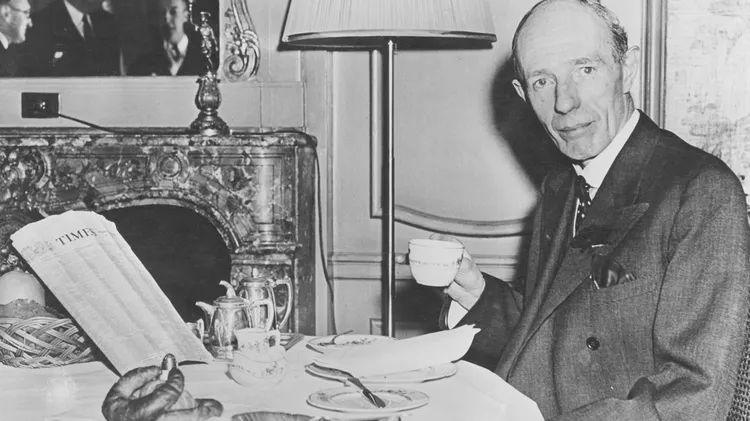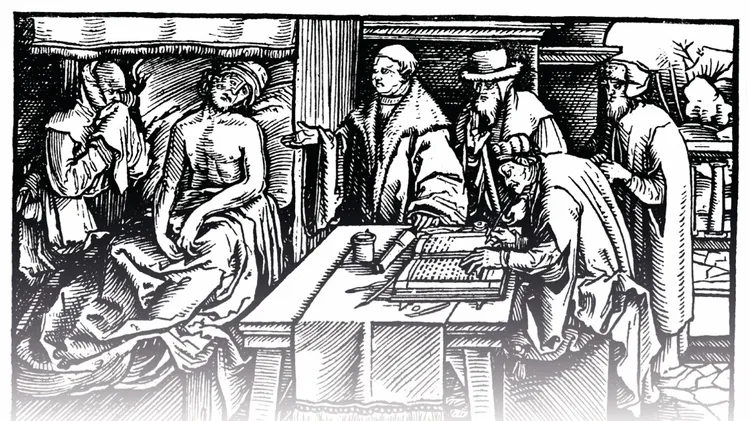Genealogist Chris Patonprovides an overview of the various inheri
Scottish inheritance records
7 min read
This article is from...
Read this article and 8000+ more magazines and newspapers on Readly






